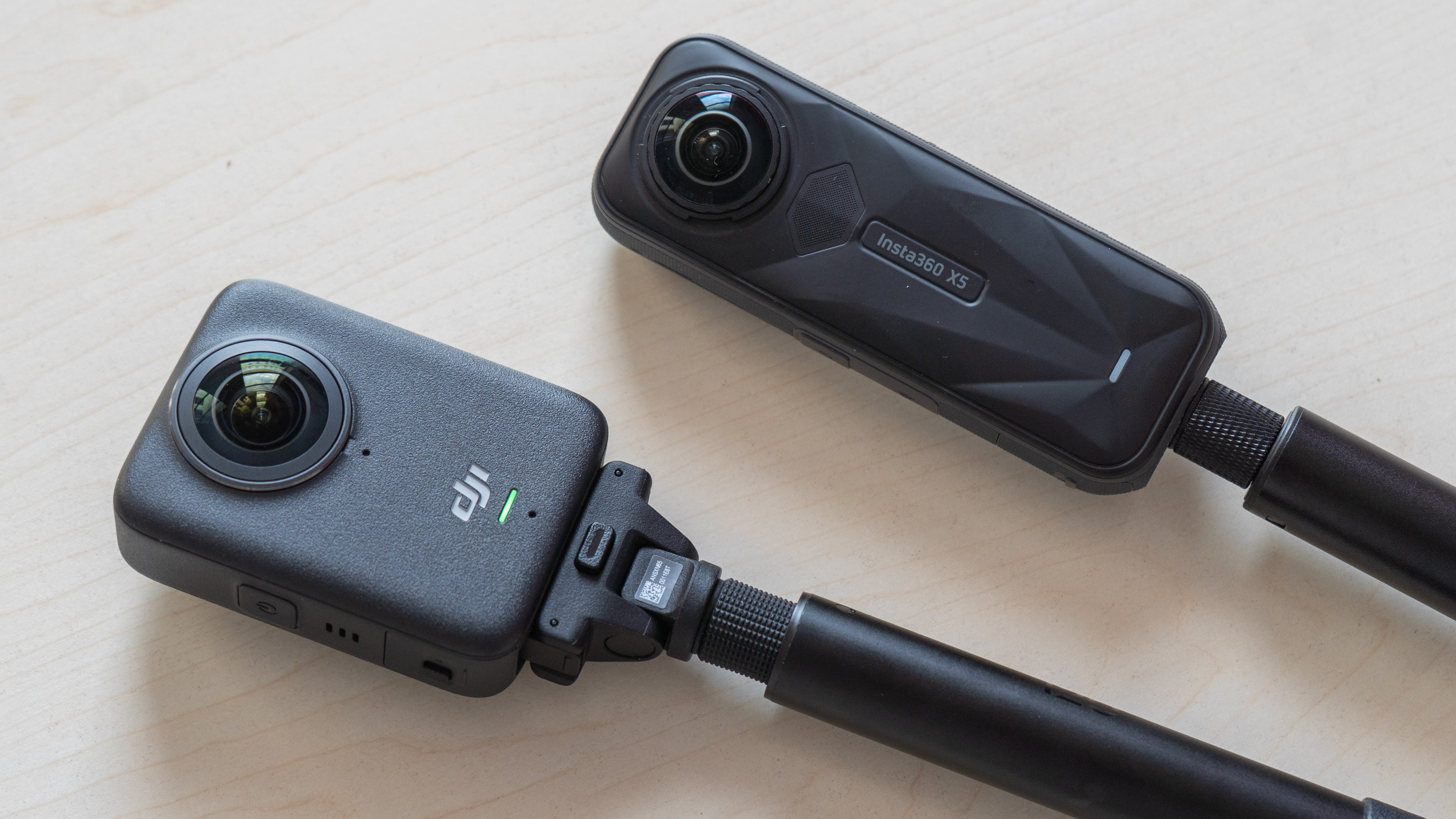What will tariffs cost photographers? This compact camera’s price swings are one example
The Leica D-Lux 8 price change is one real world example of how tariffs may impact camera prices

As the US announced then temporarily reduce reciprocal tariffs, photographers are starting to see real-world examples of how much the new trade regulations may impact pricing. One example? The Leica D-Lux 8.
Leica warned fans that a price change was coming ahead, then on May 01 photographers saw just how much the prices would be impacted. The few models that Leica makes in China rather than Germany saw the steepest increase, including the D-Lux 8 compact camera – which rose from $1,595 to $2,790.
However, shortly after those price increases, the Trump Administration announced a temporary lowered rate for imports from China, dropping the 145% reciprocal rate to 30% for 90 days. Shortly after that, the price of the Leica D-Lux 8 at Leica’s official US website dropped to $1,915.
Because a number of different factors come into play when brands determine a product’s list price, the exact impact of the increased tariffs hasn’t been easy to pinpoint.
Brands will differ in how they approach the changes to tariffs, but the two different price swings for the Leica are an example of one such approach as brands navigate the changing regulations.
Under the 145% tariff the D-Lux 8 jumped by $1,195, which is nearly 75% of the original cost. With the 30% tariff the change is $320 from the original price, or around a 20% jump.
Leica isn’t the only company to change US pricing, and compact cameras – which have seen stock issues as the category soars in popularity – seem to have been the first to be impacted.
The best camera deals, reviews, product advice, and unmissable photography news, direct to your inbox!
The Sony RX100 VII, for example, has increased by $500 from the original US list price. The Panasonic Lumix ZS99 has increased by $200, while the cost of the DJI Osmo Pocket 3 also increased in the US.
Sigma has also announced price increases, and Canon has noted that a price increase is likely as well.
Looking at one company’s responses to the changing tariffs obviously won’t prove how other brands will react. Some brands are rumored to be considering cutting back seasonal sales rather than adjusting list prices. Others, like Fujifilm, have paused some pre-orders while the trade war plays out.
But, the price changes to the Leica D-Lux 8 can be viewed as one example of how tariff rates translate to retail prices as the US continues to negotiate trade during the temporary reduction on reciprocal tariffs.
You may also like
Follow our live blog coverage on the US tariff's impact on the camera industry. Or, browse for the best compact cameras.

With more than a decade of experience writing about cameras and technology, Hillary K. Grigonis leads the US coverage for Digital Camera World. Her work has appeared in Business Insider, Digital Trends, Pocket-lint, Rangefinder, The Phoblographer, and more. Her wedding and portrait photography favors a journalistic style. She’s a former Nikon shooter and a current Fujifilm user, but has tested a wide range of cameras and lenses across multiple brands. Hillary is also a licensed drone pilot.
You must confirm your public display name before commenting
Please logout and then login again, you will then be prompted to enter your display name.
